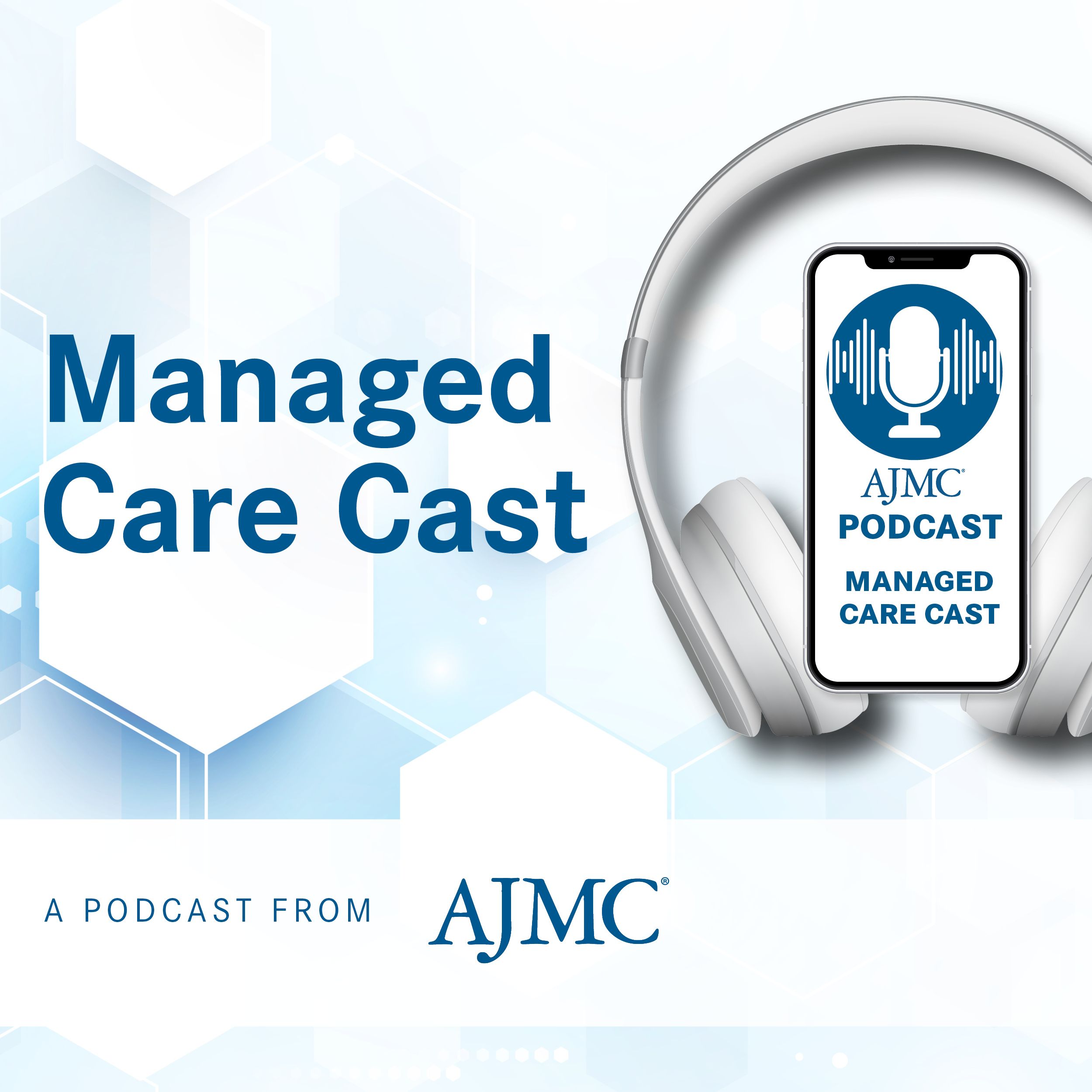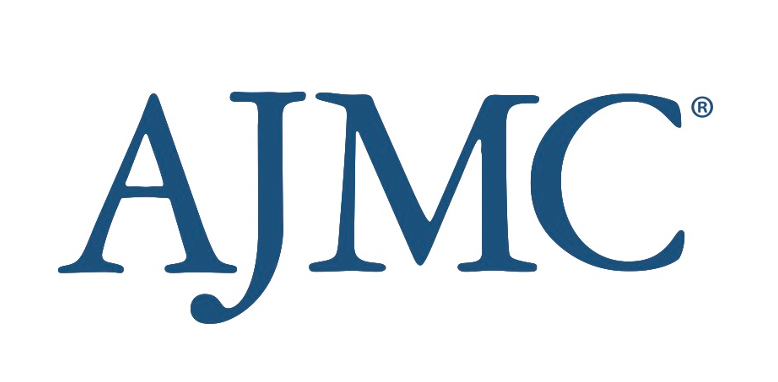News
Article
GLP-1 RA, Thiazolidinedione Combo Linked to Lower Mortality in Type 2 Diabetes
Author(s):
Key Takeaways
- Combination therapy with GLP-1 RA and thiazolidinedione significantly reduces all-cause mortality and cardiovascular mortality in type 2 diabetes patients.
- The study found an increased risk of hypoglycemia with combination therapy, which decreased with prolonged use.
A real-world study finds cardiovascular and survival benefits from dual therapy in patients with type 2 diabetes.
Combination therapy using a glucagon-like peptide-1 receptor agonist (GLP-1 RA) and thiazolidinedione was linked to significantly lower risks of all-cause mortality, major cardiovascular events, and cardiovascular death in patients with type 2 diabetes (T2D).

The retrospective cohort study is published in JAMA Network Open.
“We explored the cardiovascular outcomes of various diabetes treatments, focusing on combining a GLP-1 RA and thiazolidinedione compared with monotherapies,” wrote the researchers of the study. “This study highlights that the benefits of combination therapy become more pronounced with prolonged use.”
Thiazolidinediones are a class of mediations used to treat patients with T2D. However, previous studies on rosiglitazone, a thiazolidinedione medication, identified safety concerns on overall and cardiovascular mortality associated with thiazolidinediones for diabetes management, which limited their use in the US and other countries.2 Recently, there has been newfound interest for the use of the thiazolidinedione pioglitazone, which may have a better safety profile.1
The researchers analyzed data from Taiwan’s National Health Insurance Research Database to assess the cardiovascular and mortality outcomes associated with combination therapy using a GLP-1 RA and thiazolidinedione in patients with T2D. The study included individuals 21 years and older who initiated treatment with a GLP-1 RA and/or thiazolidinedione between January 1, 2011, and December 31, 2020. Participants were categorized into groups based on whether they received combination therapy, monotherapy with either drug, or no use of either medication.
The primary outcomes evaluated were all-cause mortality, major adverse cardiovascular events (MACE), cardiovascular mortality, cardiovascular complications, and hypoglycemia. Data analysis was conducted from May 1 to May 22, 2024.
Among 220,822 patients with T2D who were included in the study, there were 47,526 GLP-1 RA users, 32,203 thiazolidinedione users, 30,682 combination therapy users, and a matched nonuser control group. Those receiving dual therapy with a GLP-1 RA and thiazolidinedione experienced significantly better outcomes. Combination therapy was associated with a markedly reduced risk of all-cause mortality (adjusted HR [AHR], 0.20), MACE (AHR, 0.85), and cardiovascular mortality (AHR, 0.20) compared with nonusers (all P < .001).
However, an increased risk of hypoglycemia was observed among both combination therapy users (AHR, 1.61) and thiazolidinedione monotherapy users (AHR, 1.69), although this risk diminished with prolonged use. Thiazolidinedione monotherapy was also linked to higher all-cause and cardiovascular mortality compared with GLP-1 RA monotherapy. The results were consistent across multiple sensitivity analyses, reinforcing the potential clinical benefit of combining these 2 therapies.
The researchers noted several limitations. First, the study was observational and could not establish causality, in which drug interactions, such as those between thiazolidinediones and clopidogrel via CYP2C8 metabolism, could have influenced outcomes. Additionally, the study population was predominantly older adults, which may limit the generalizability of findings to younger patients or those with differing health profiles. While cardiovascular outcomes were thoroughly assessed, other potential adverse effects, such as gastrointestinal symptoms, fluid retention, and long-term safety, were not addressed.
Despite these limitations, the researchers believe the study supports the use of a GLP-1 RA combined with thiazolidinedione to reduce all-cause mortality and cardiovascular mortality.
“This study found that GLP-1RA plus thiazolidinedione combination therapy was associated with a significant reduction in ACM [all-cause mortality] and CVM [cardiovascular mortality],” wrote the researchers. “In the context of MACEs, the advantages of combination treatment were not evident when compared with GLP-1 RA monotherapy.”
References
1. Florez H, Correa R, Valencia WM. Potential benefits of thiazolidinediones in combination with glucagon-like peptide-1 receptor agonists. JAMA Netw Open. 2025;8(3):e252587. doi:10.1001/jamanetworkopen.2025.2587
2. Singh S, Loke YK, Furberg CD. Long-term risk of cardiovascular events with rosiglitazone: a meta-analysis. JAMA. 2007;298(10):1189-1195. doi:10.1001/jama.298.10.1189





